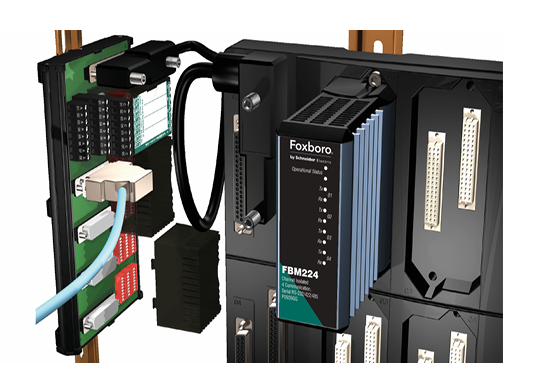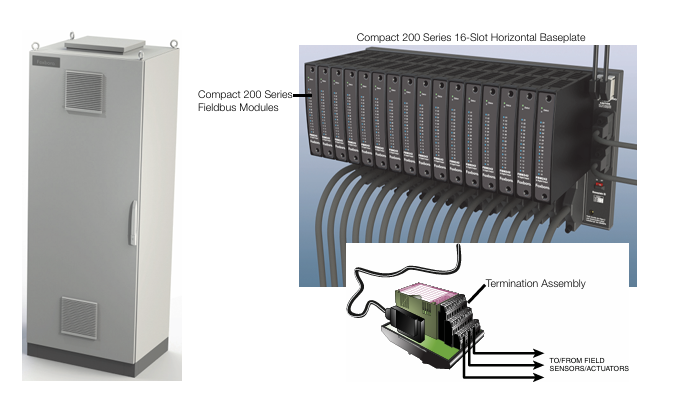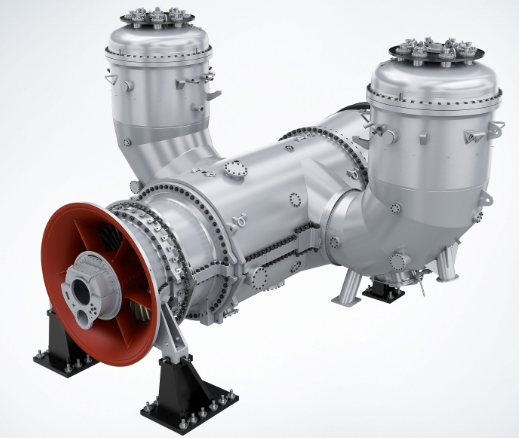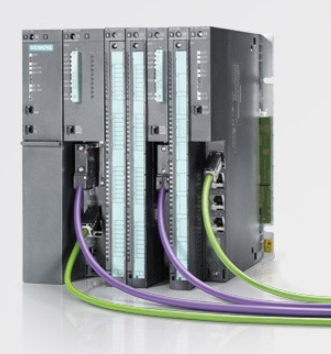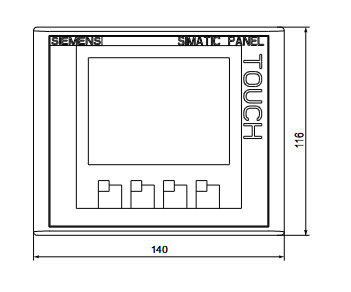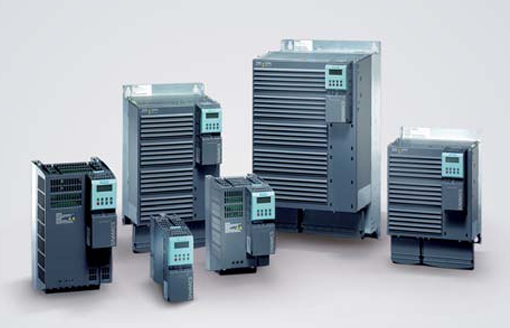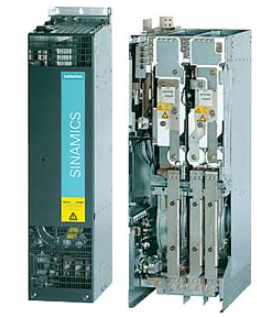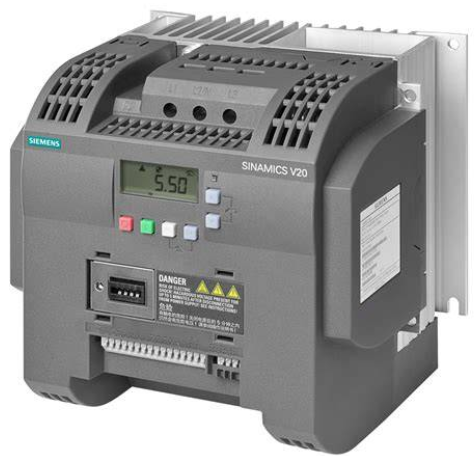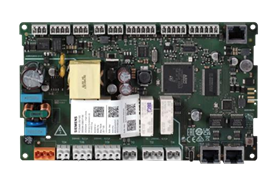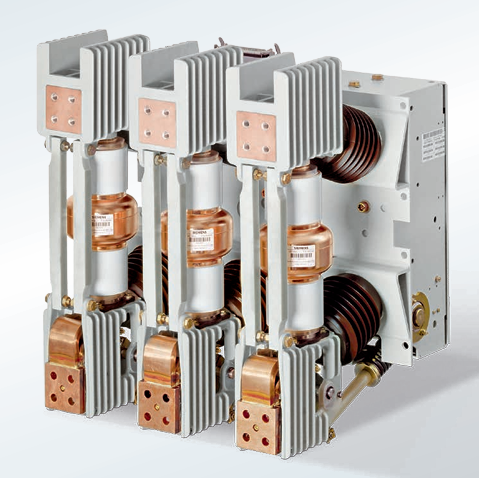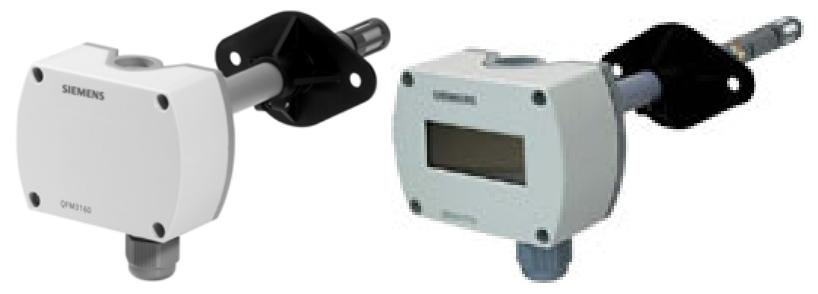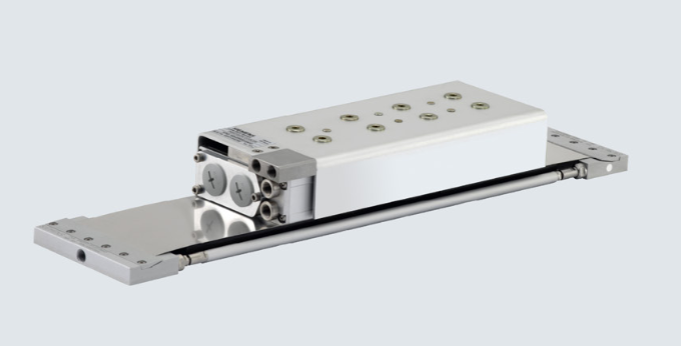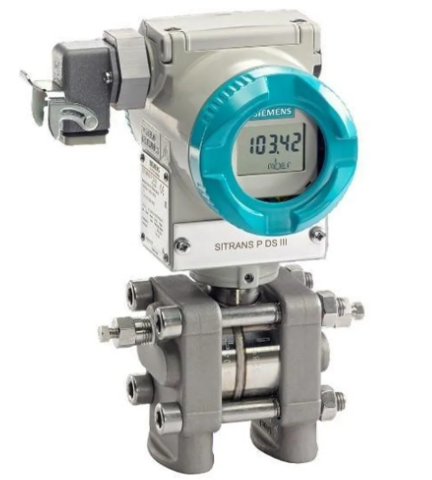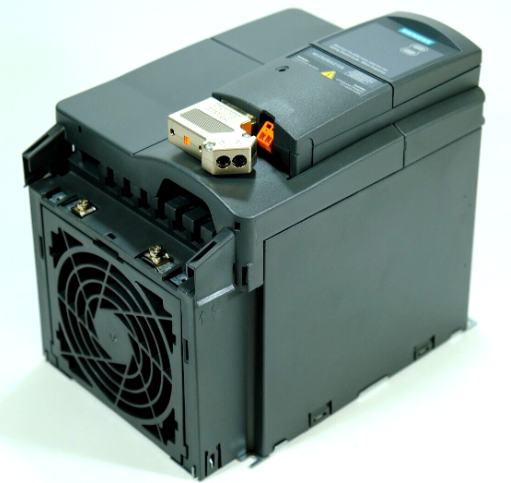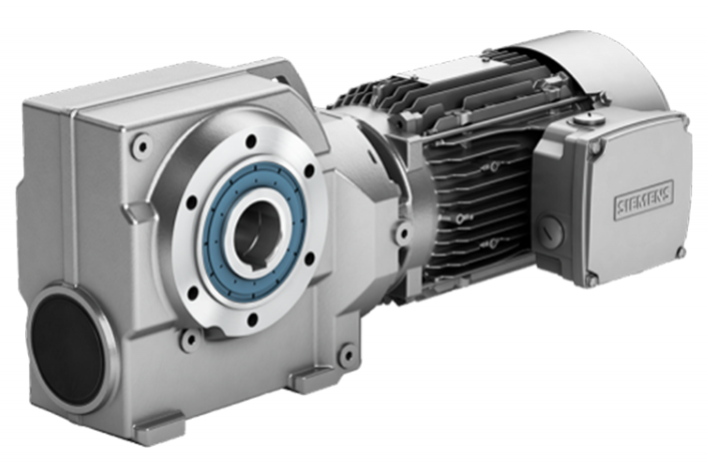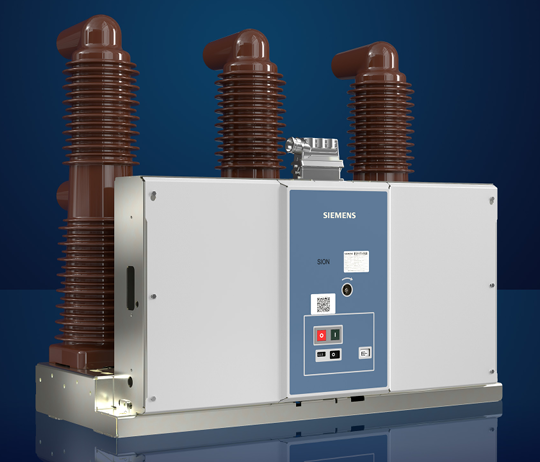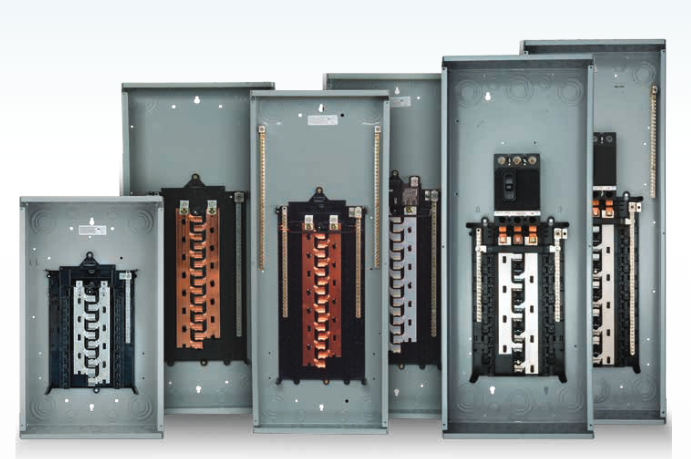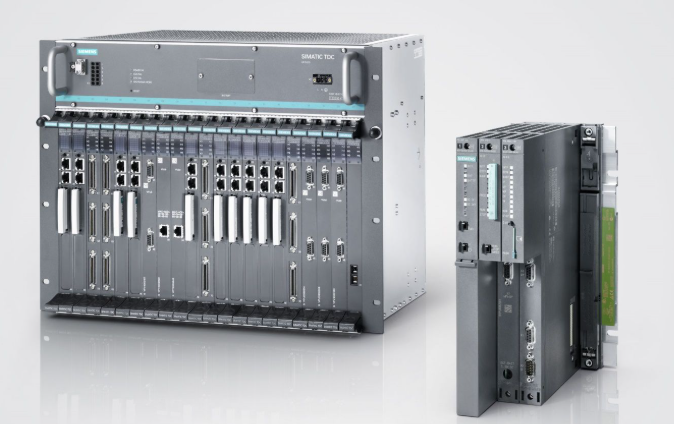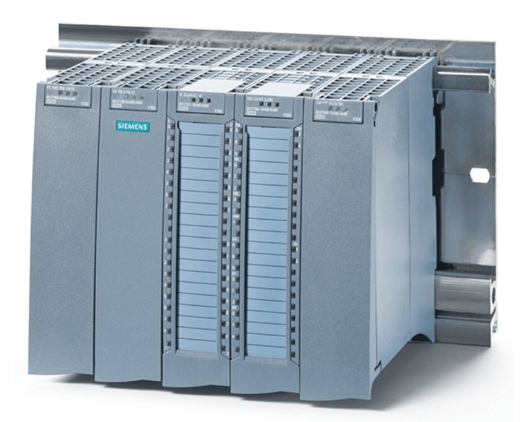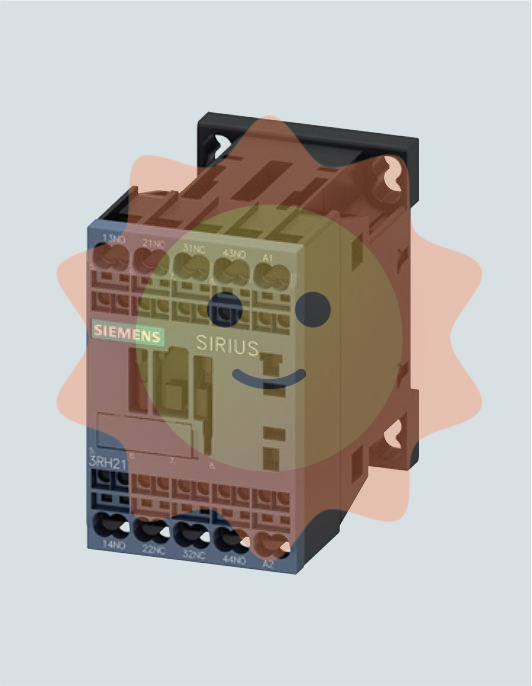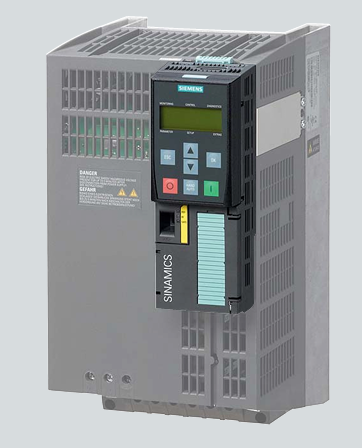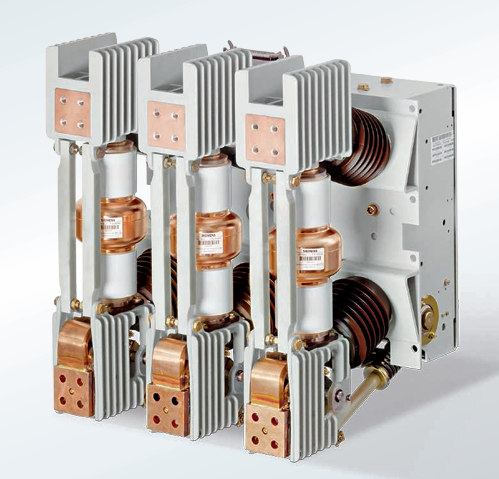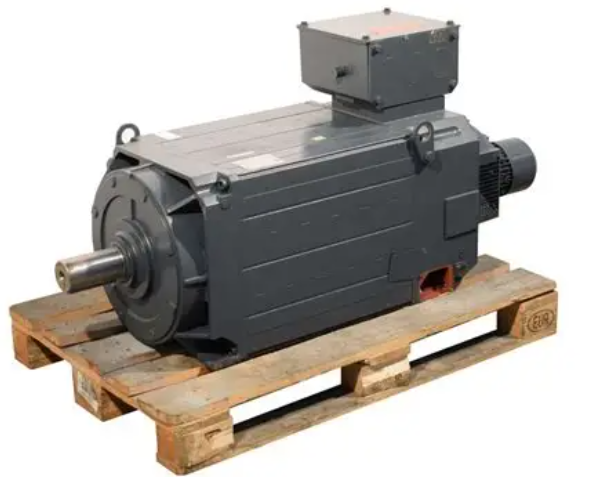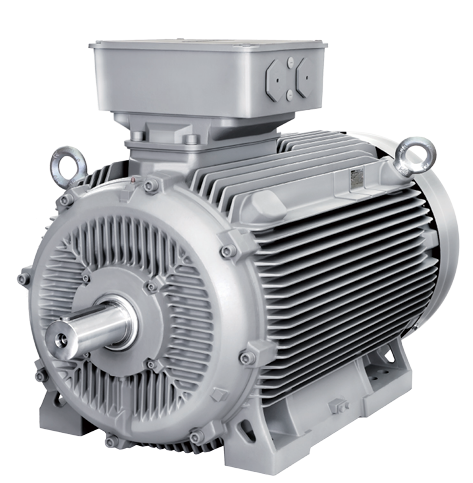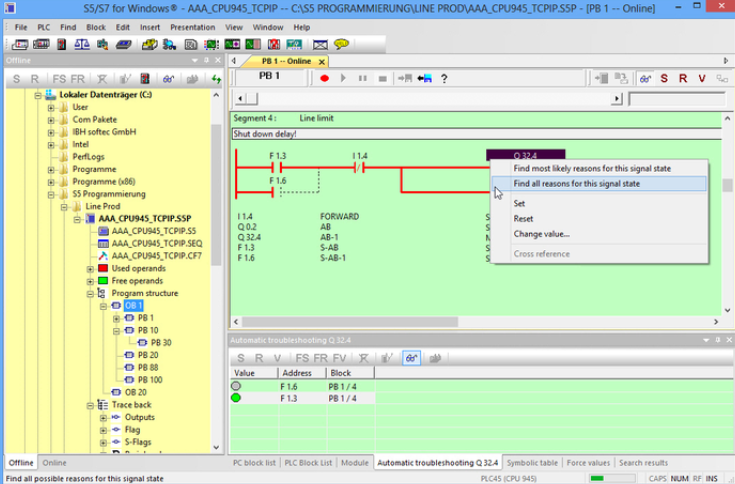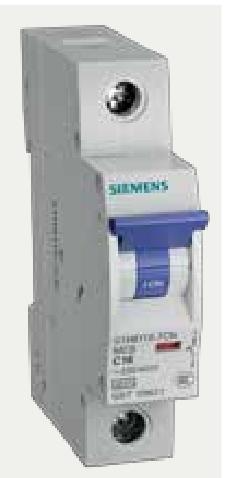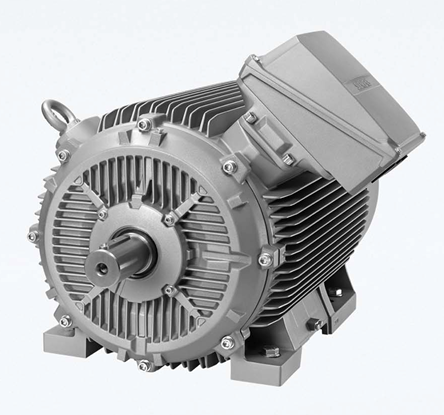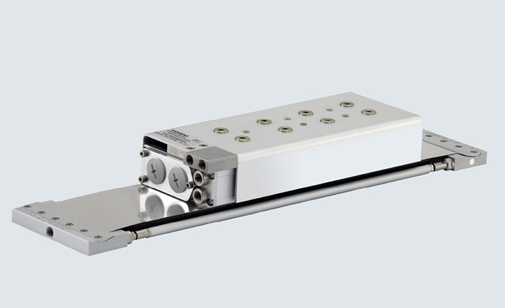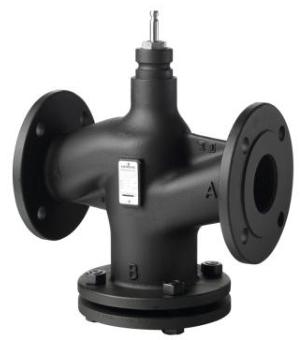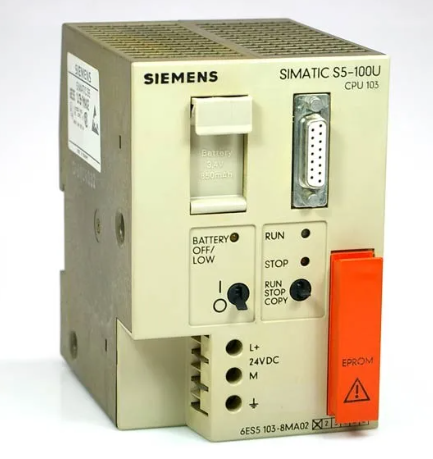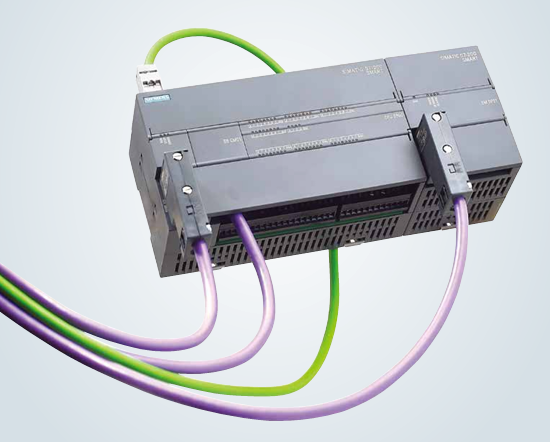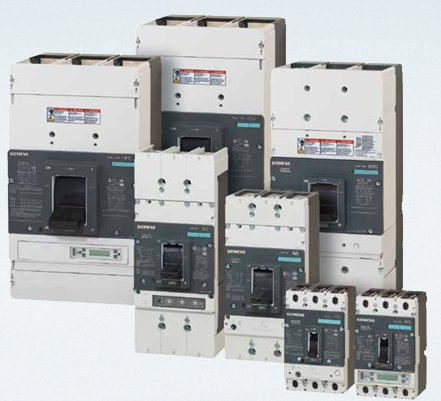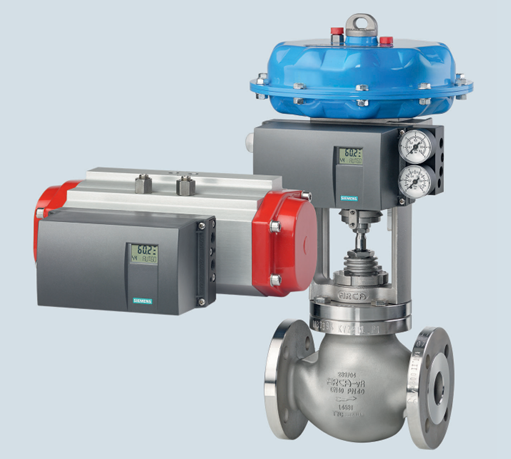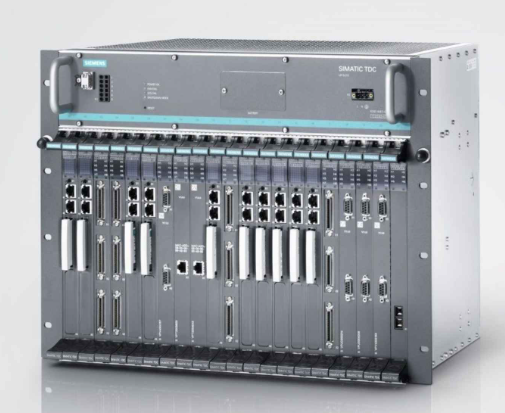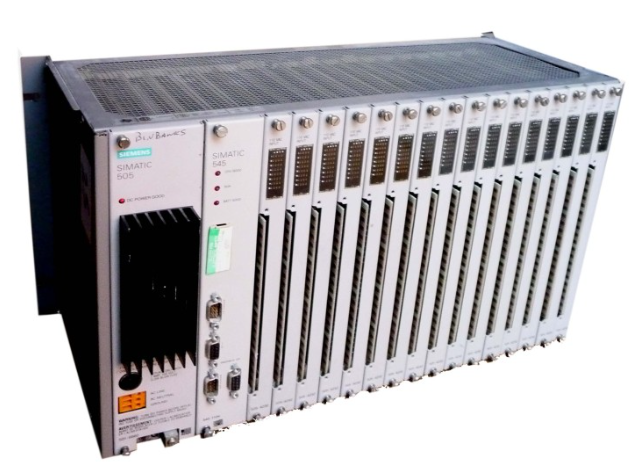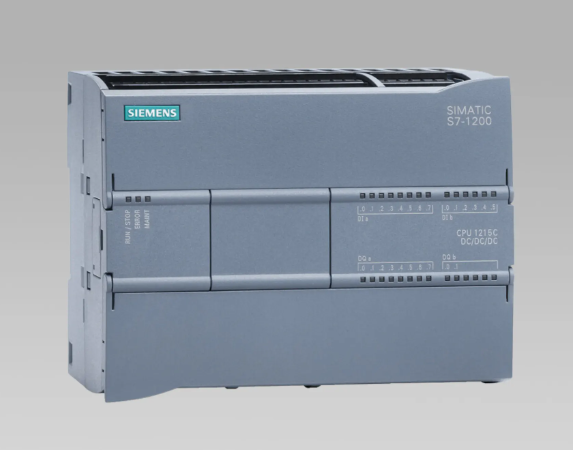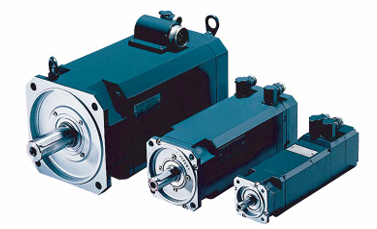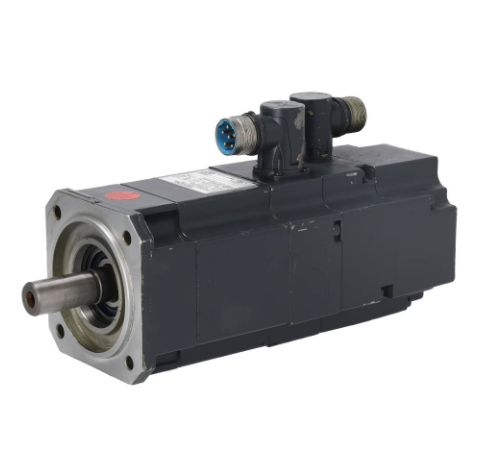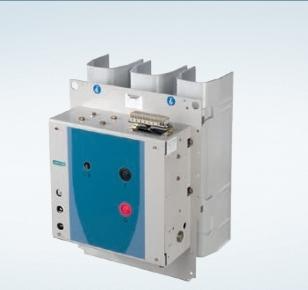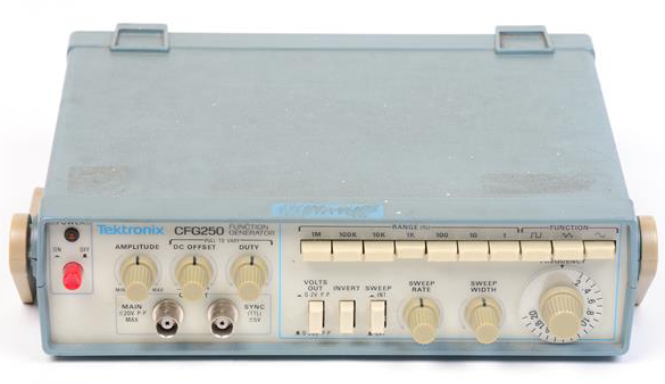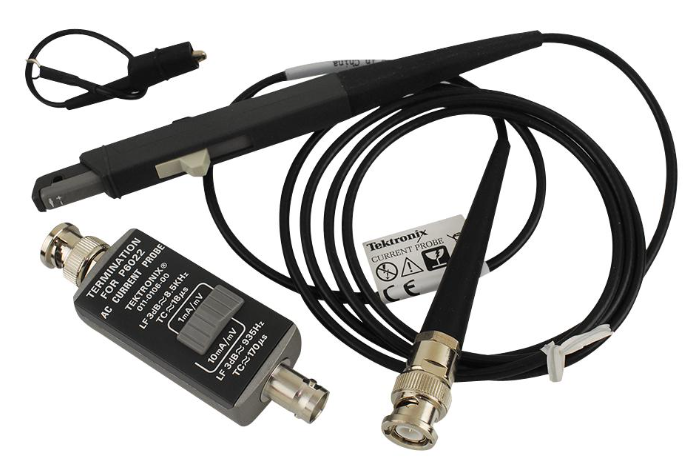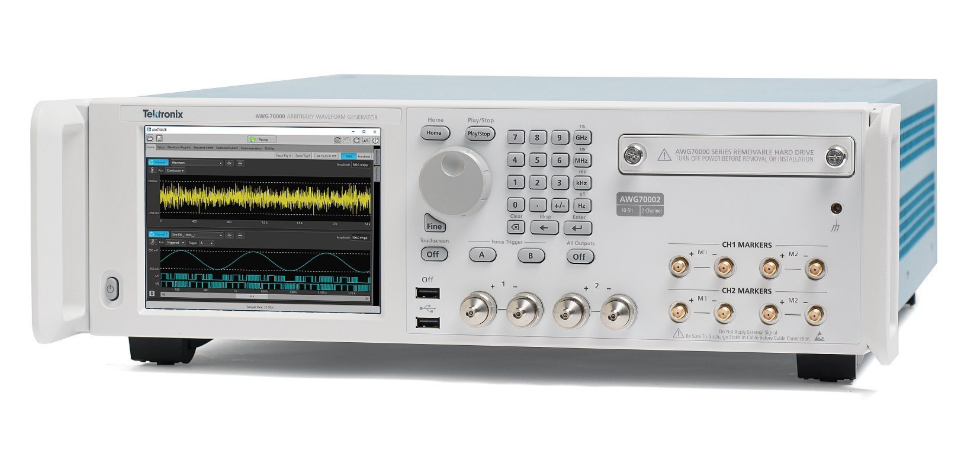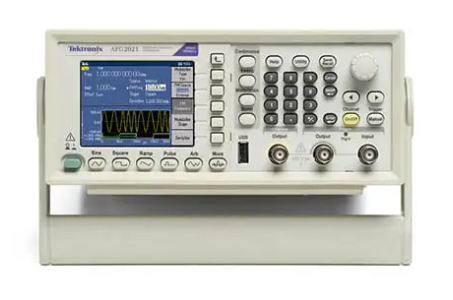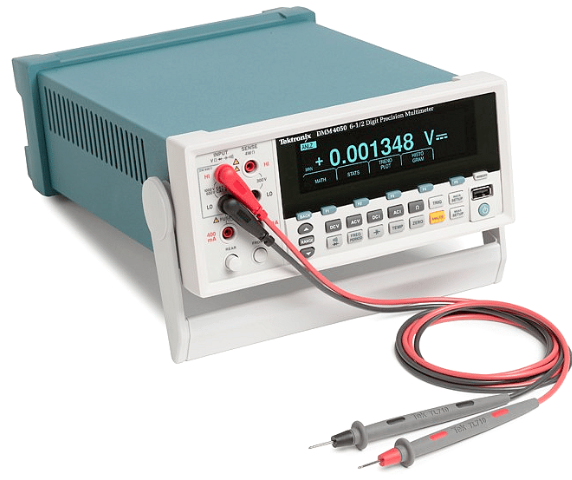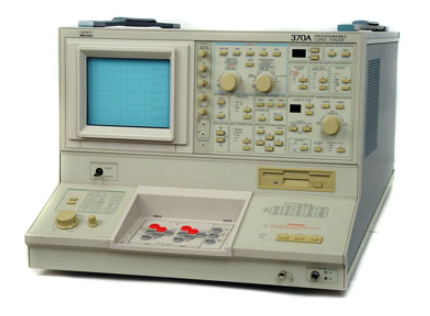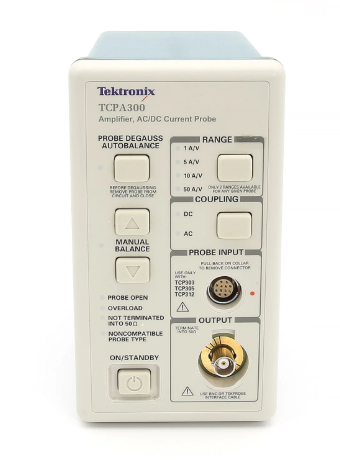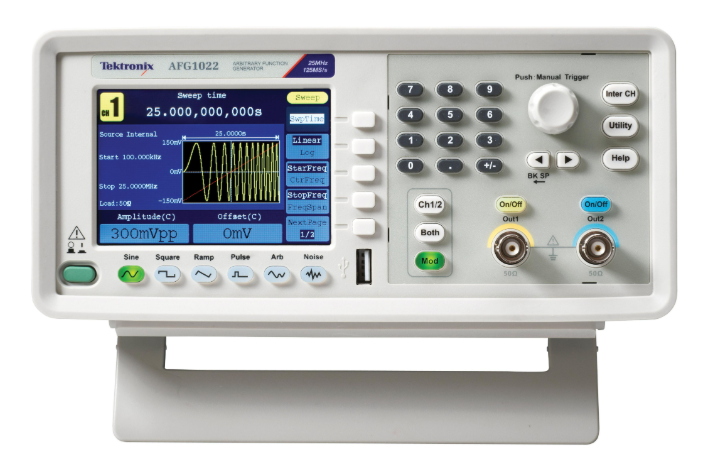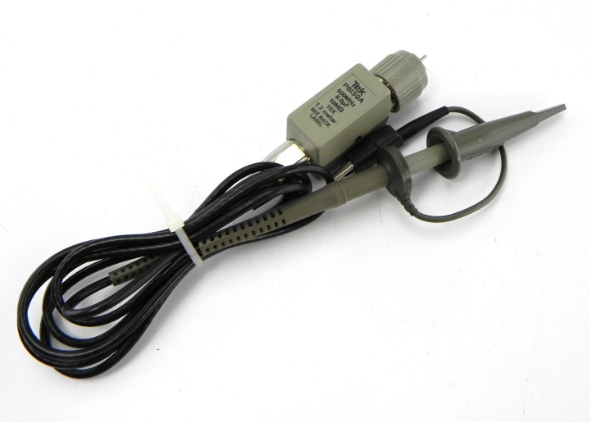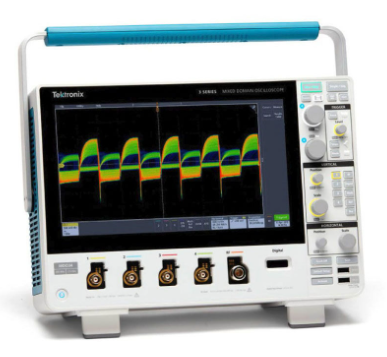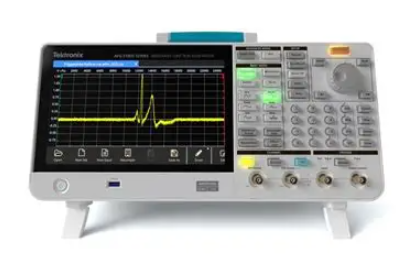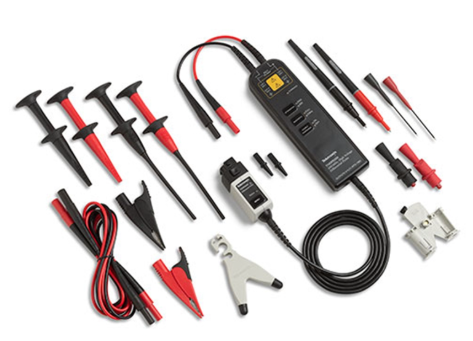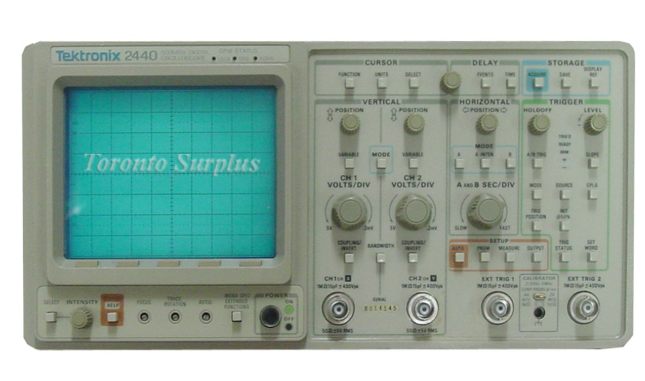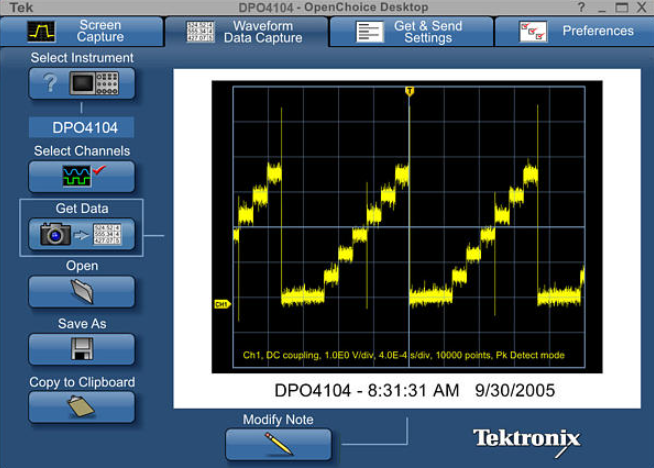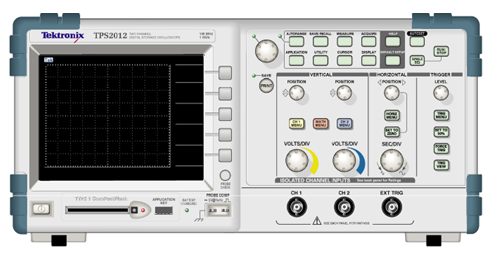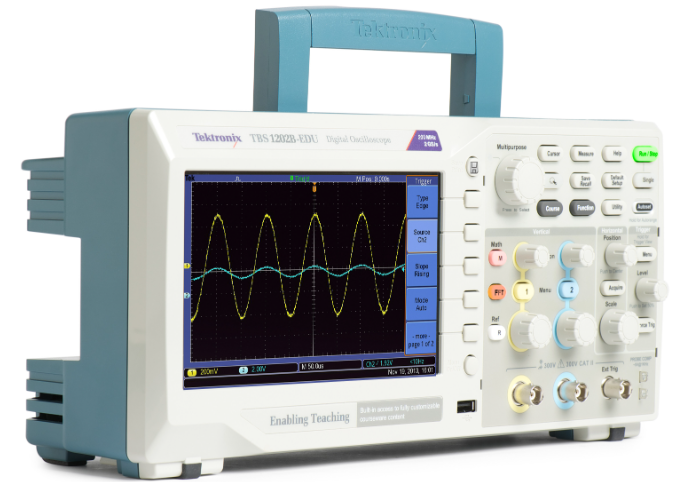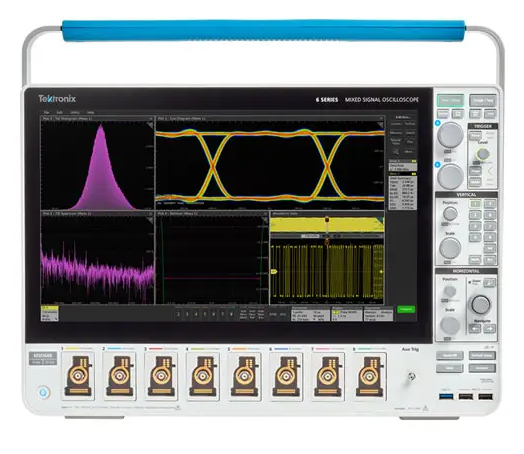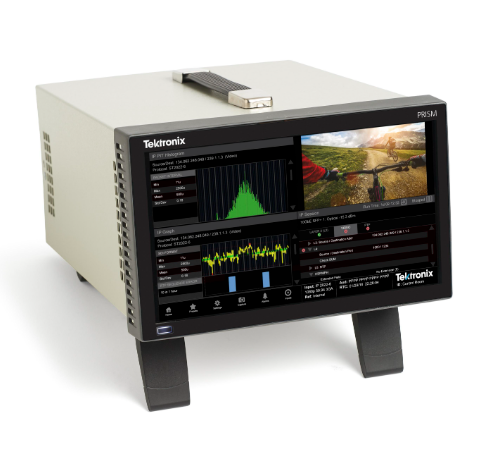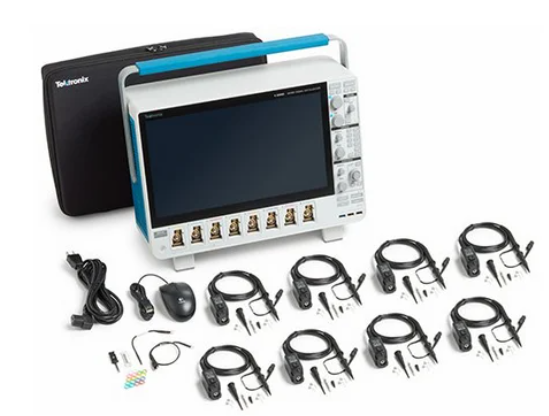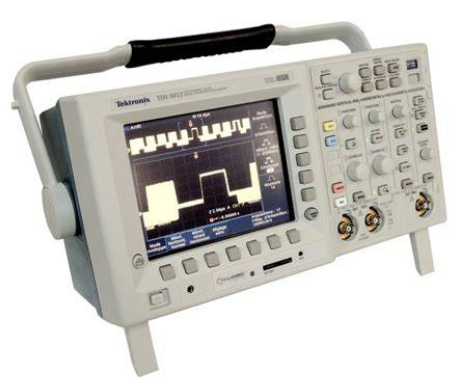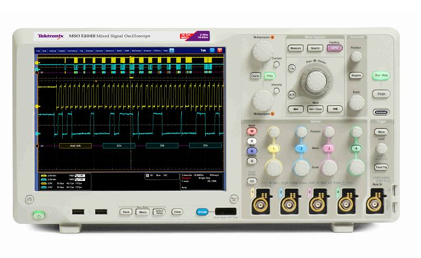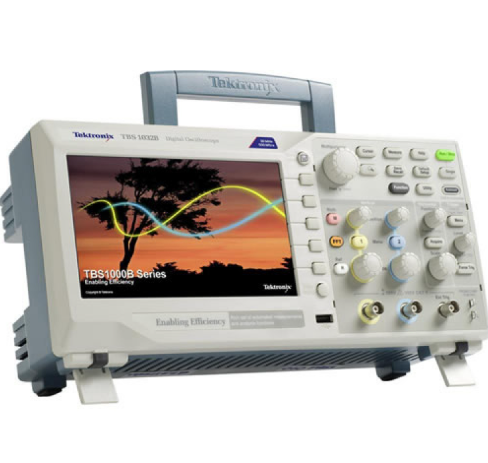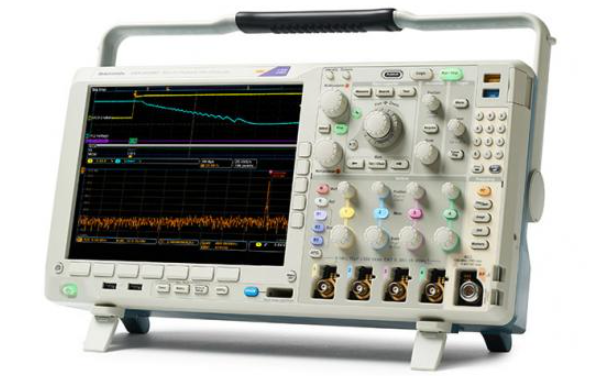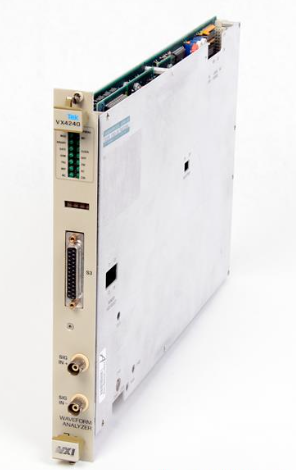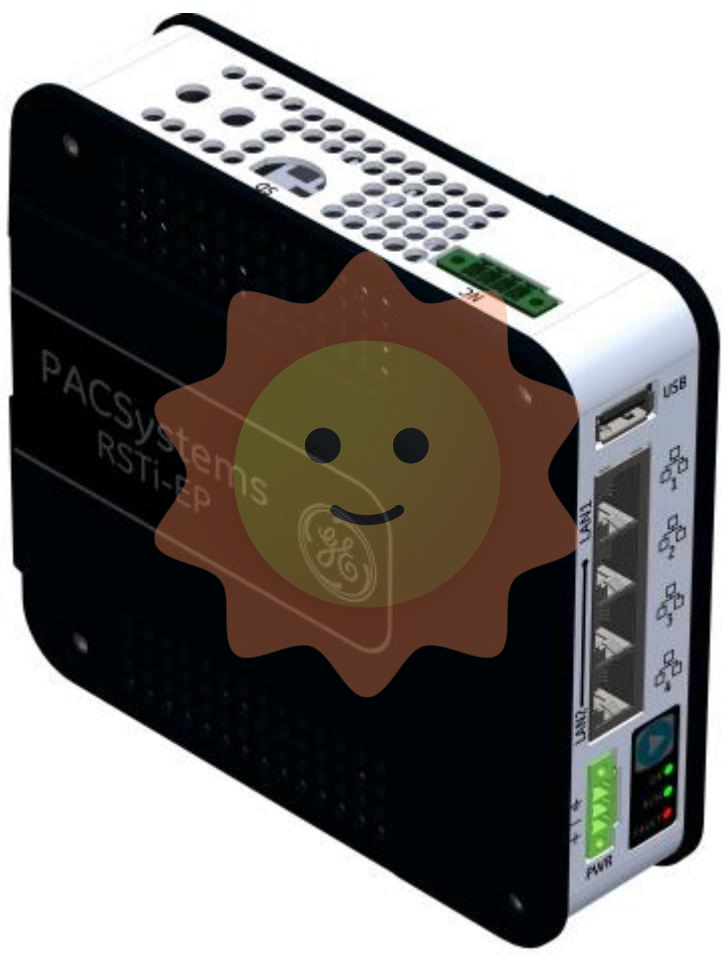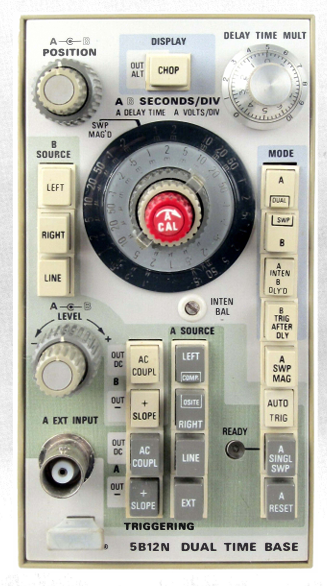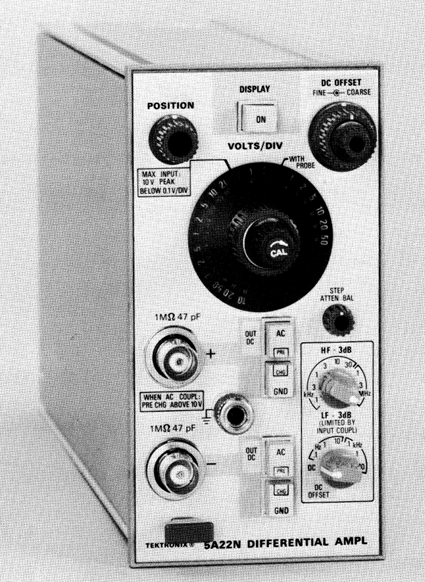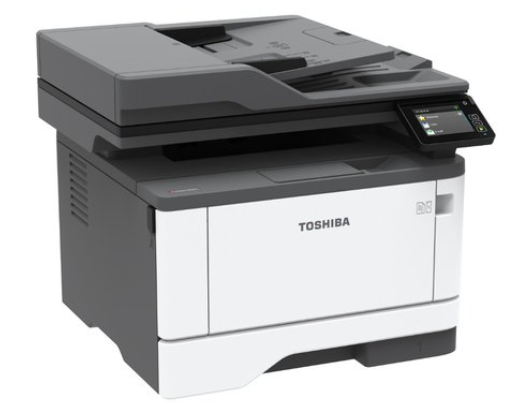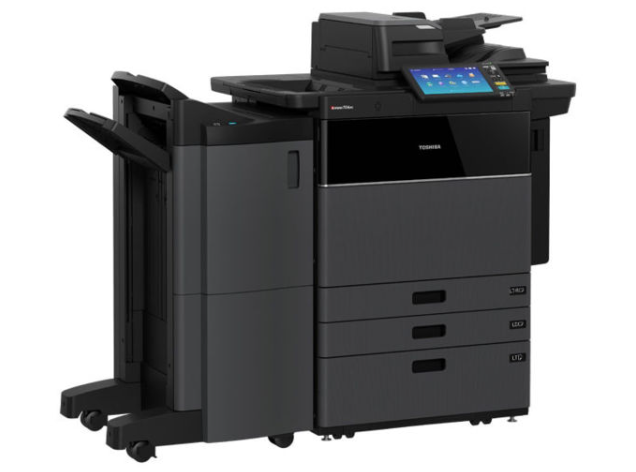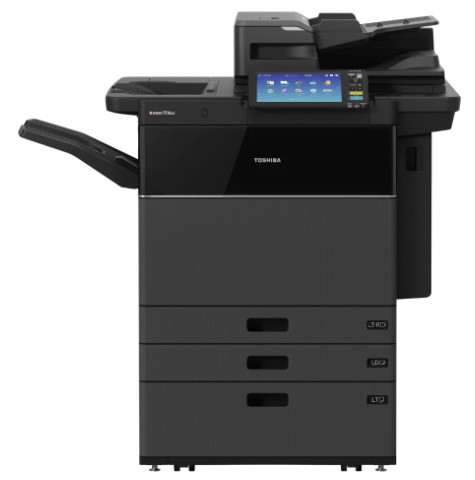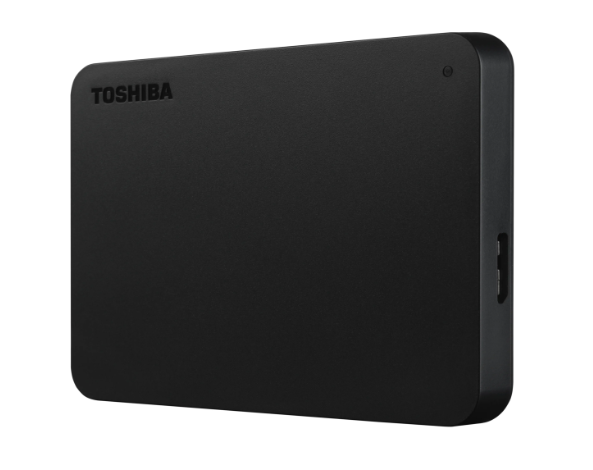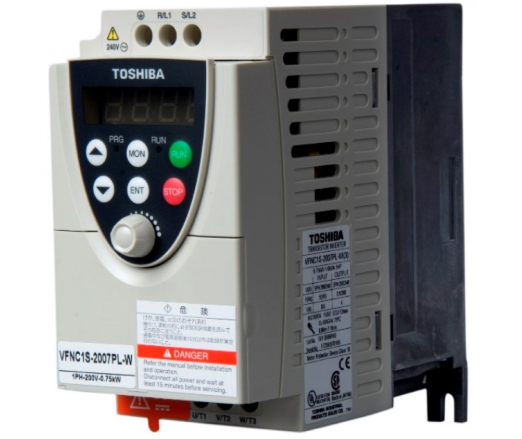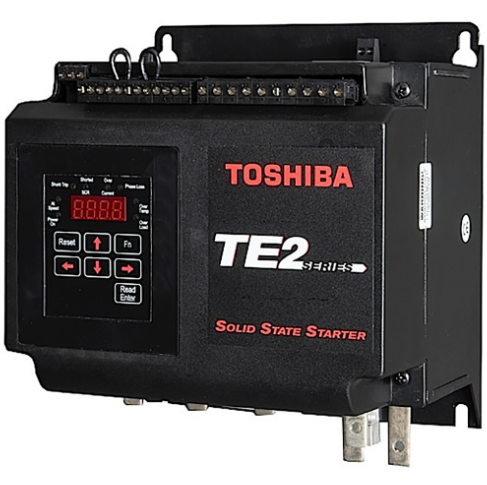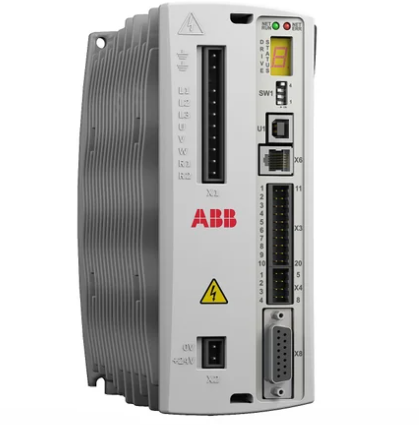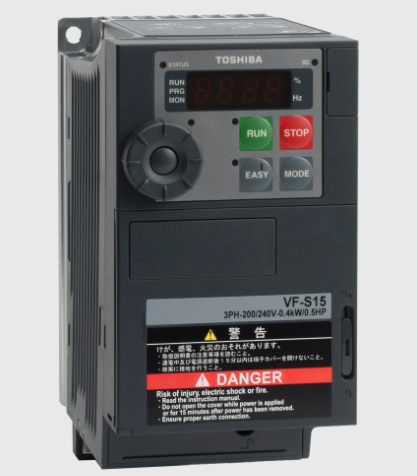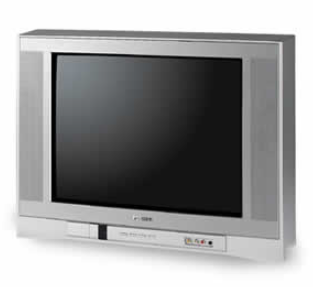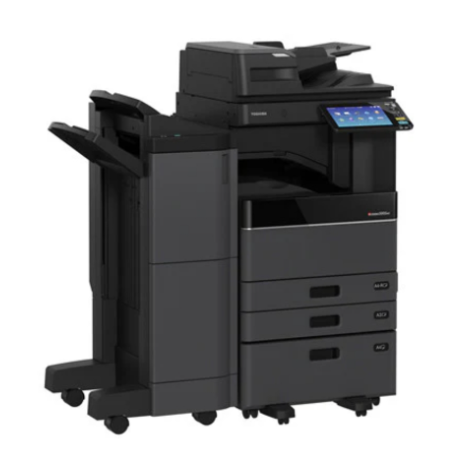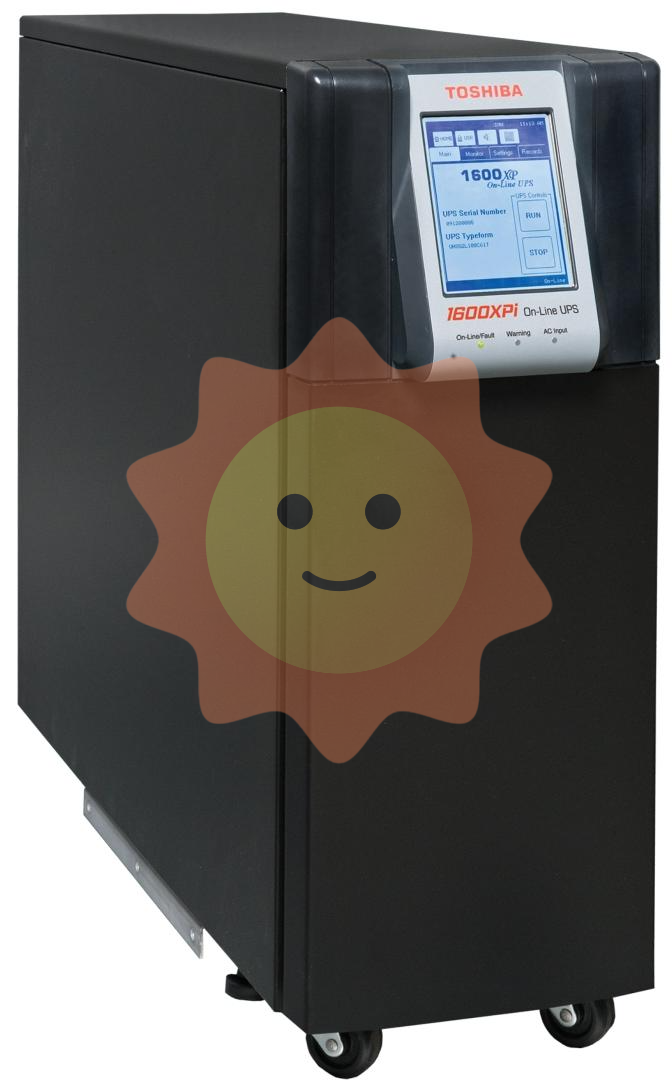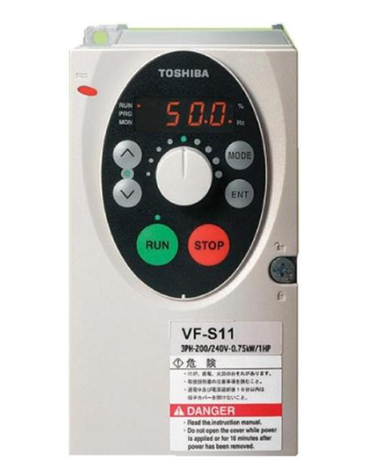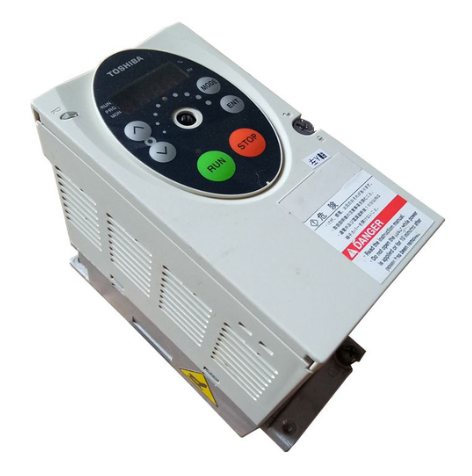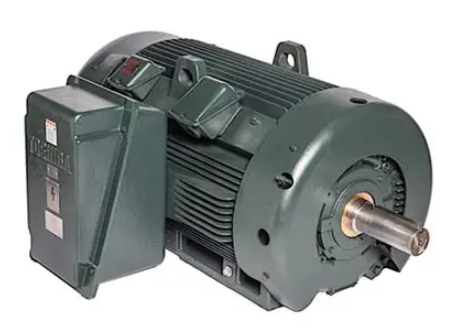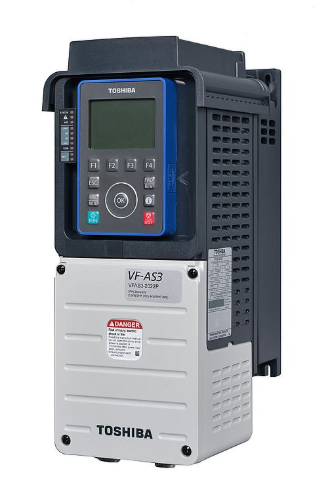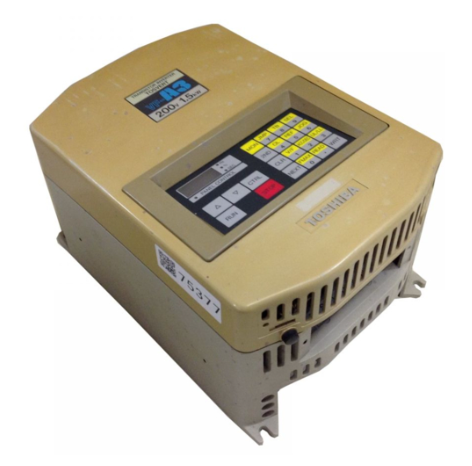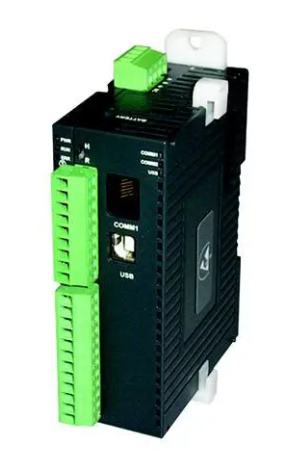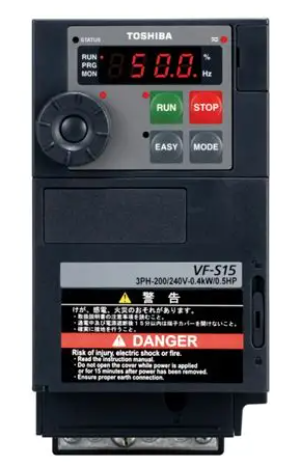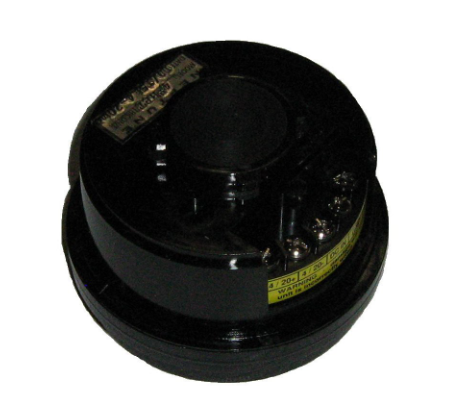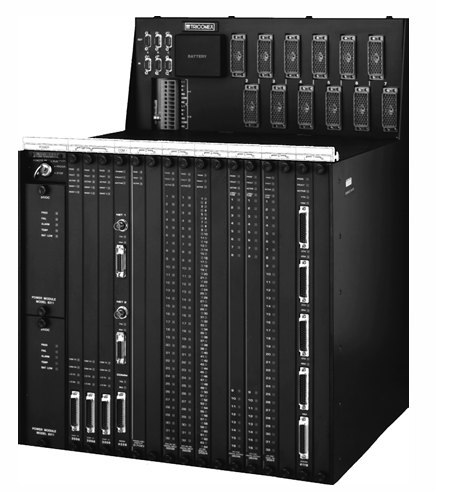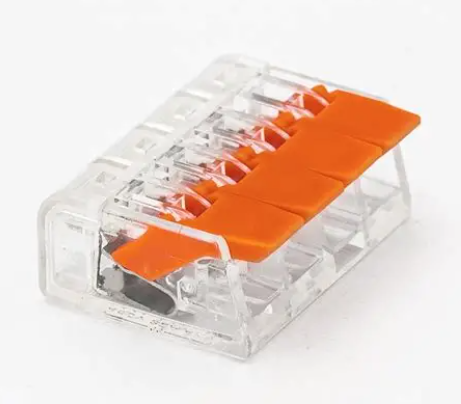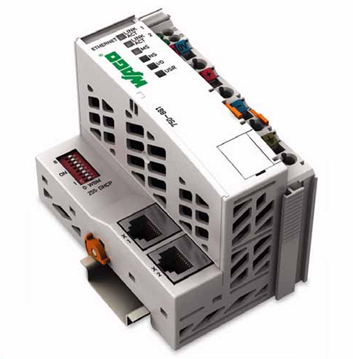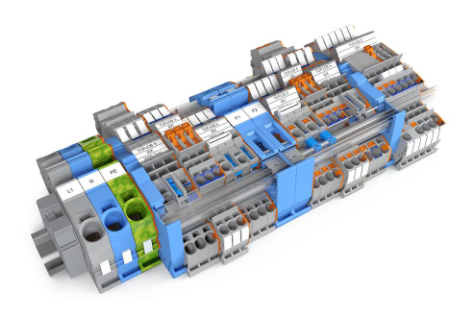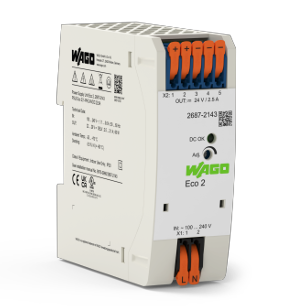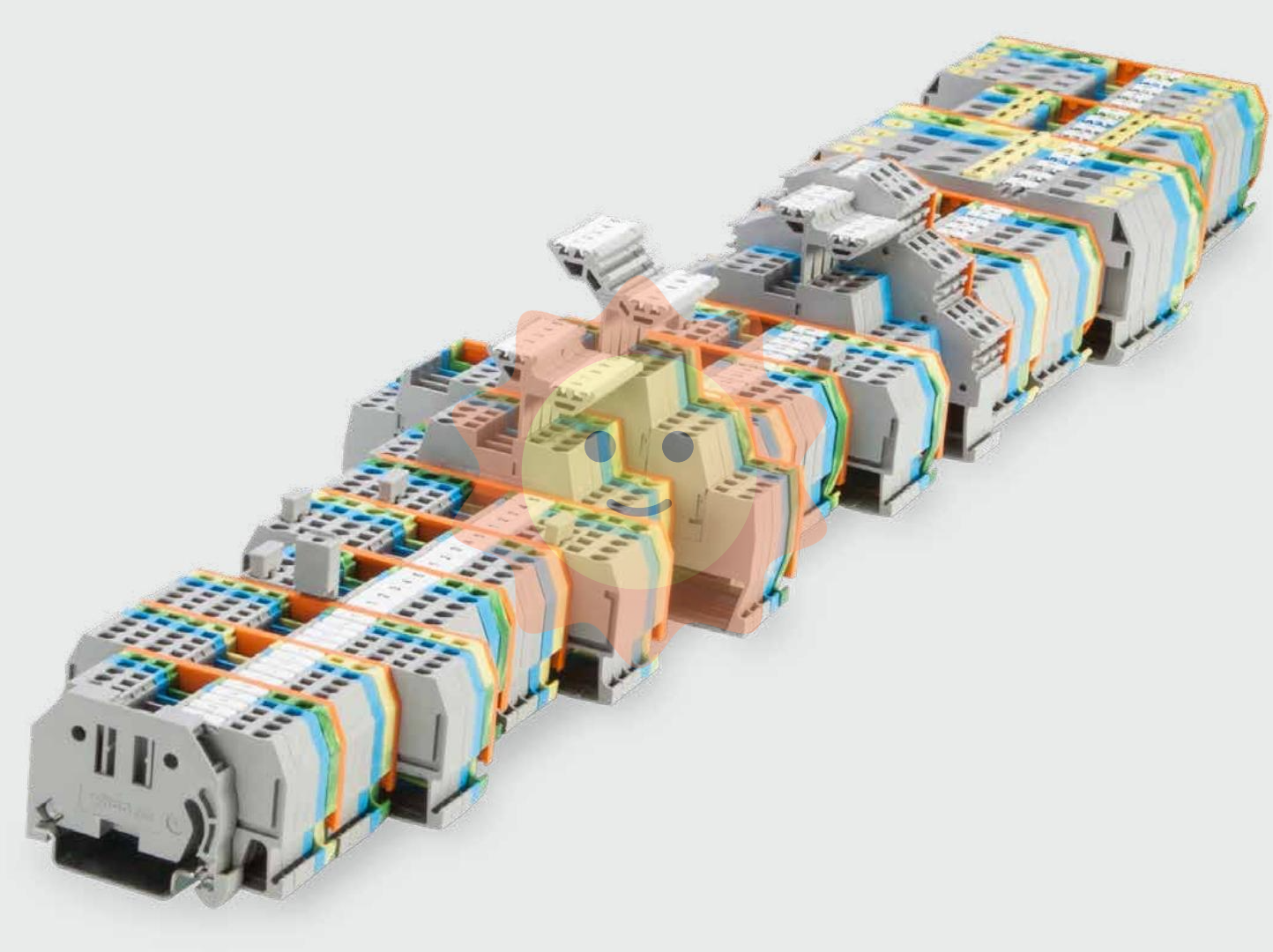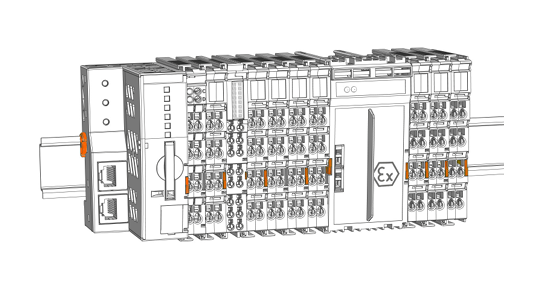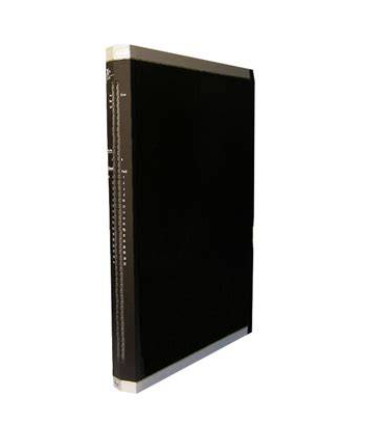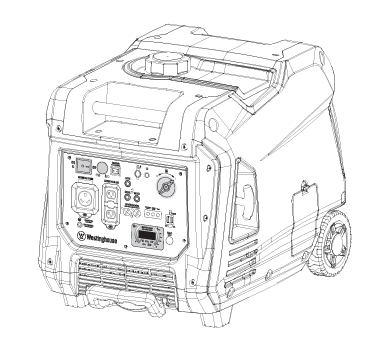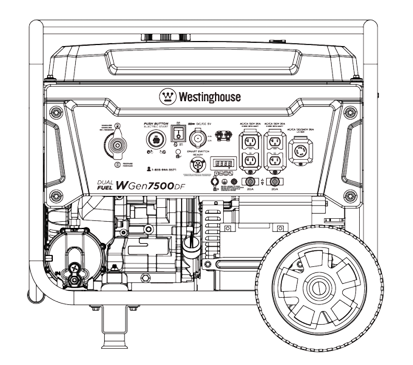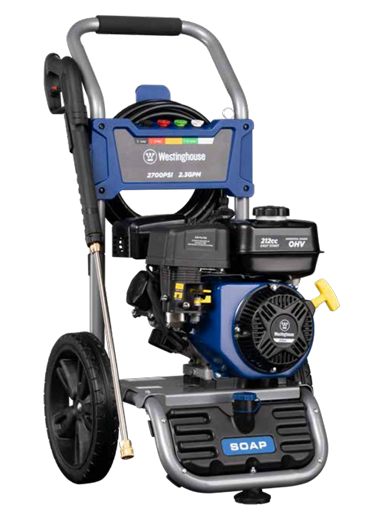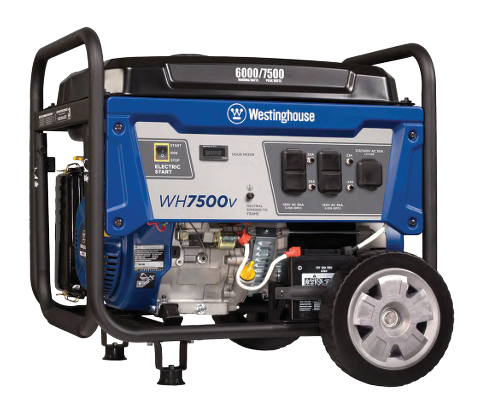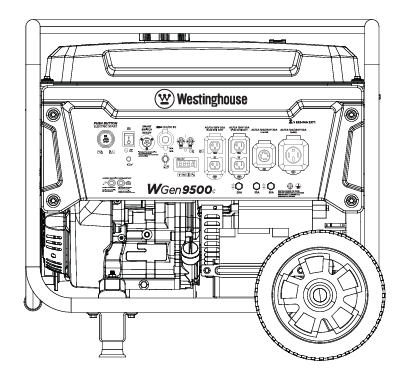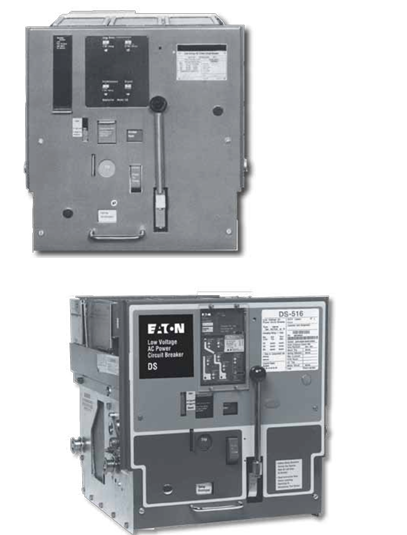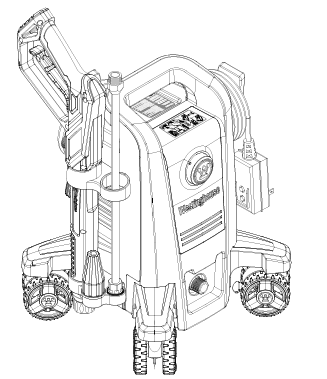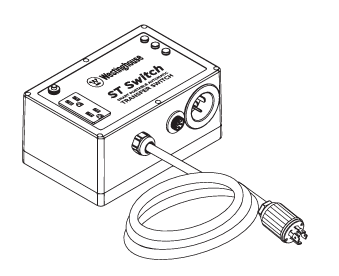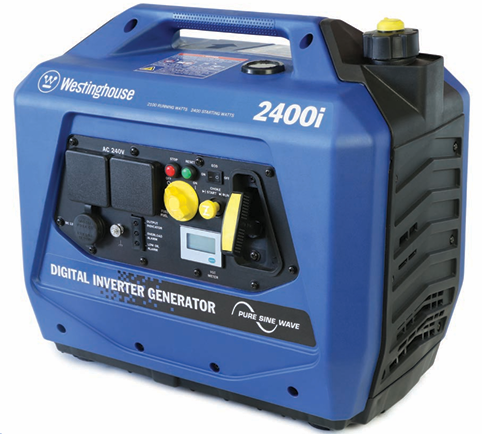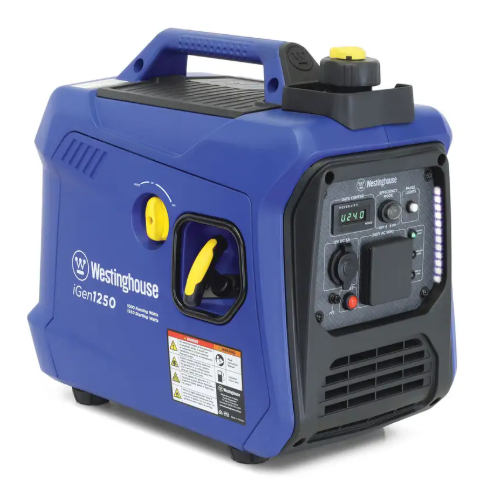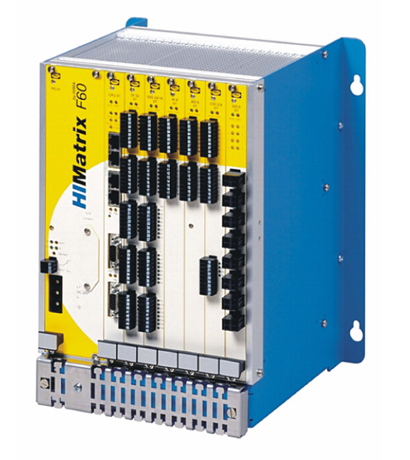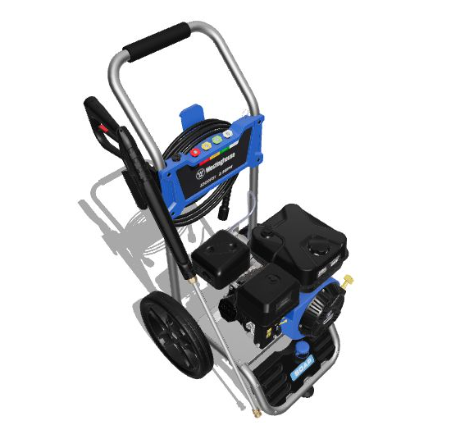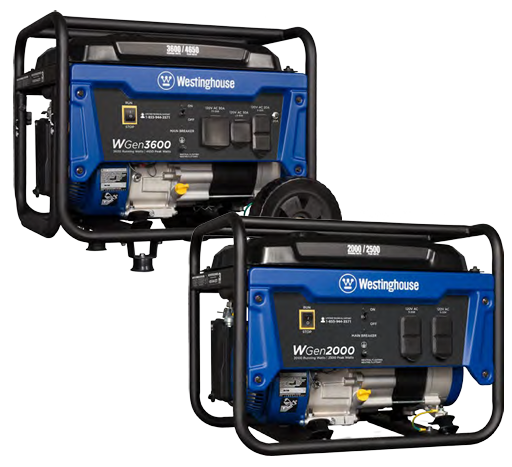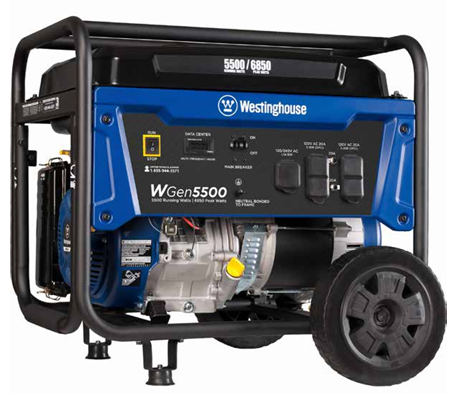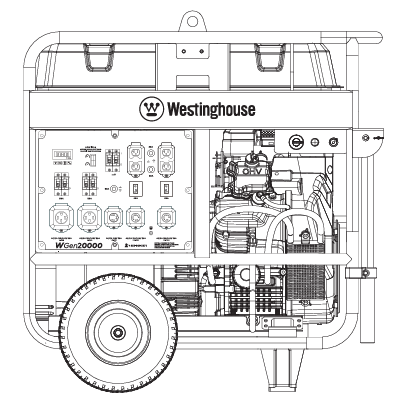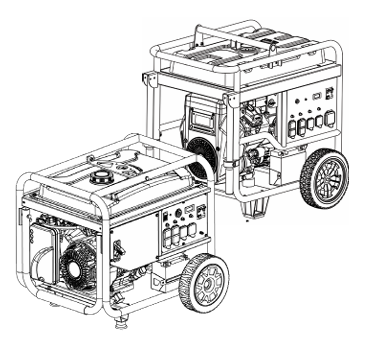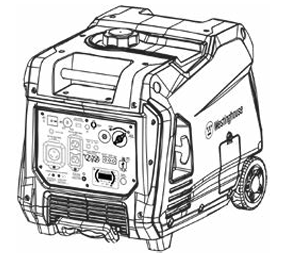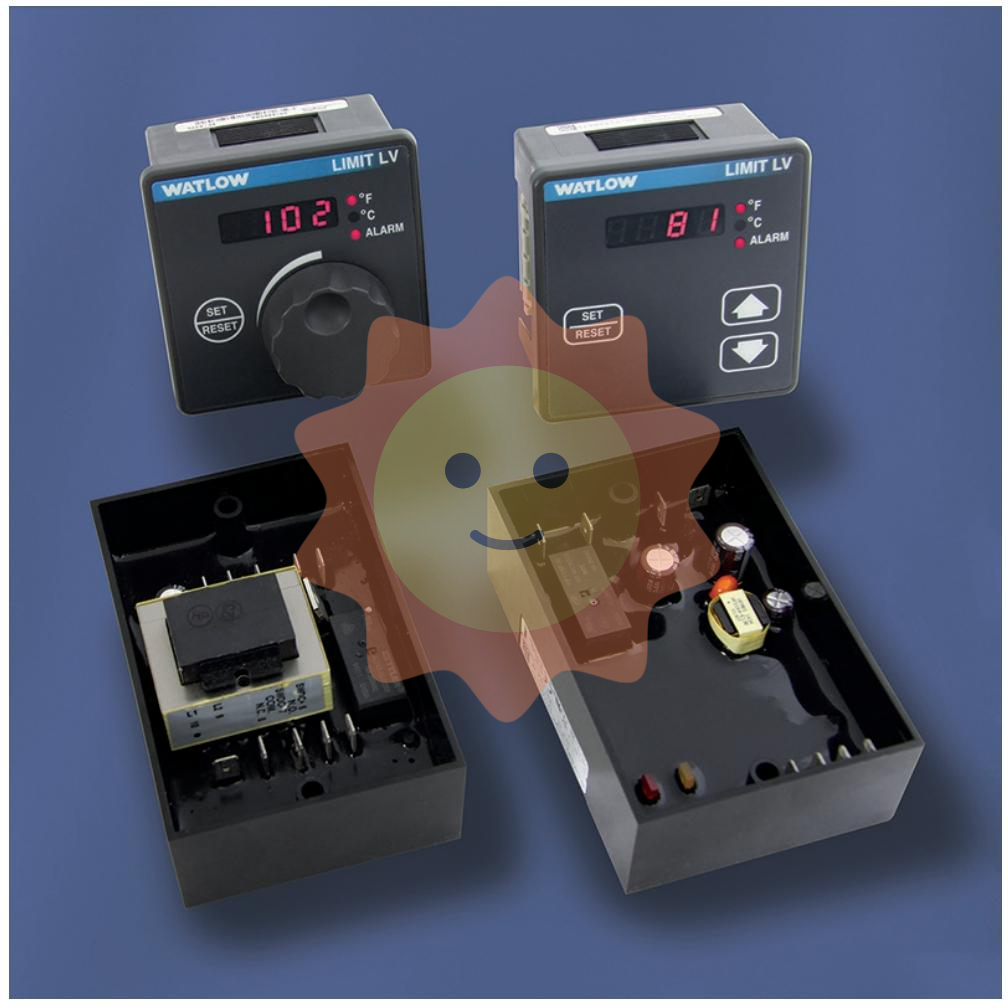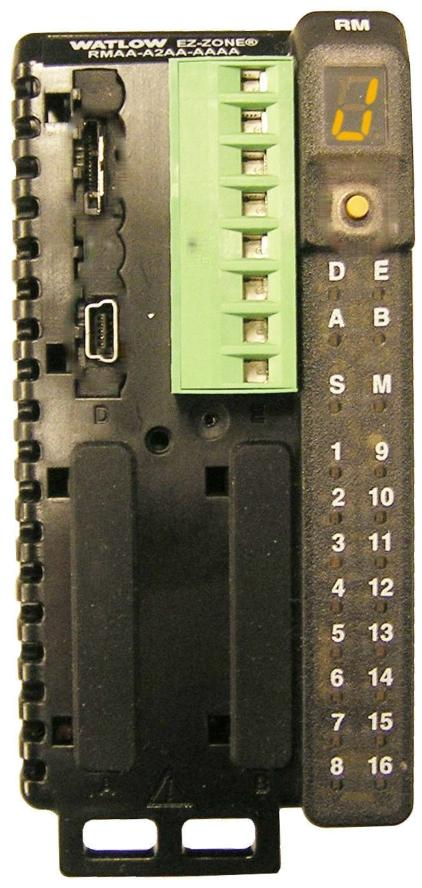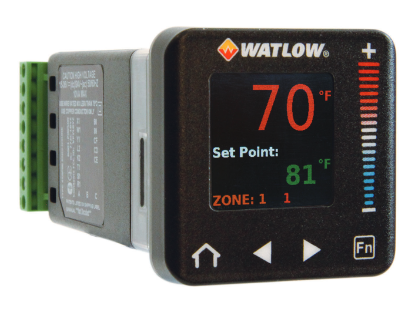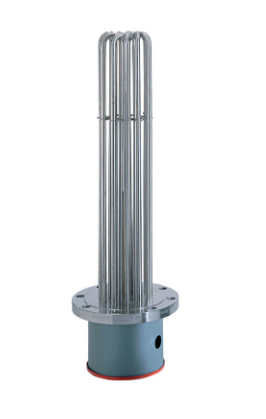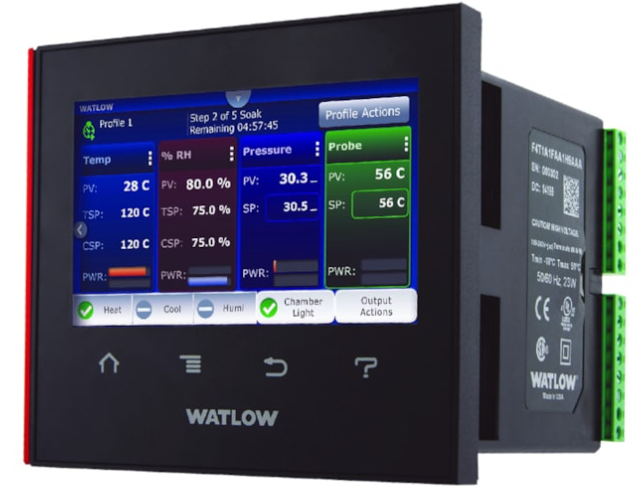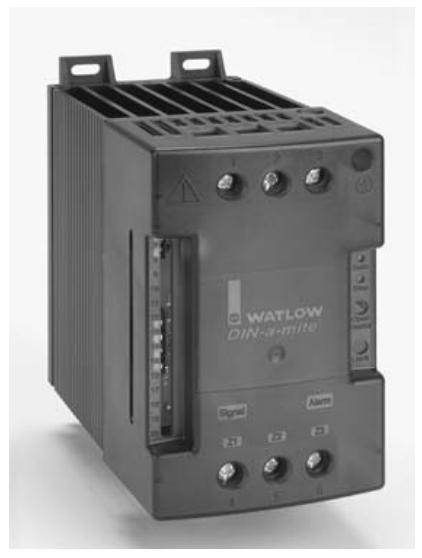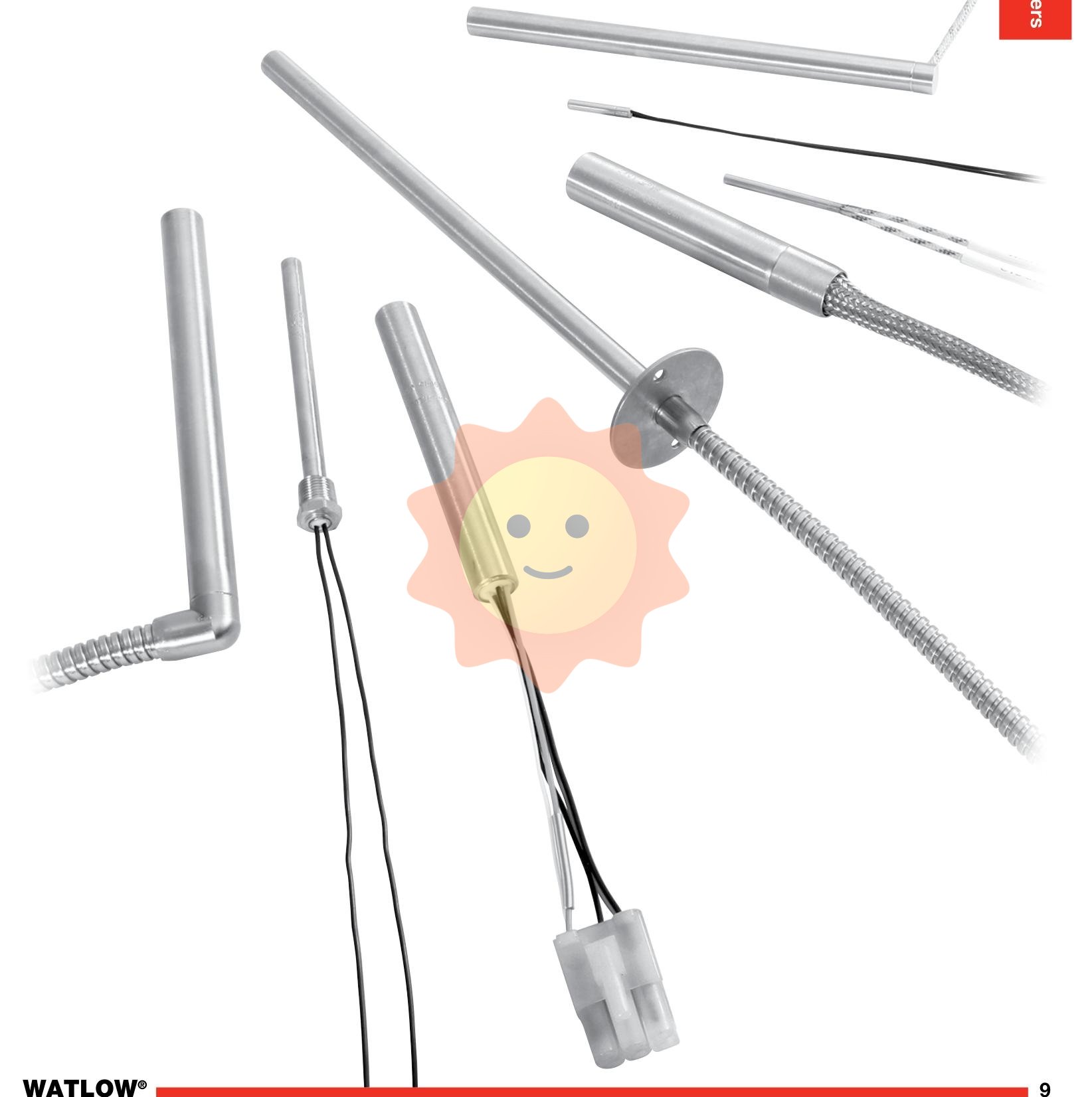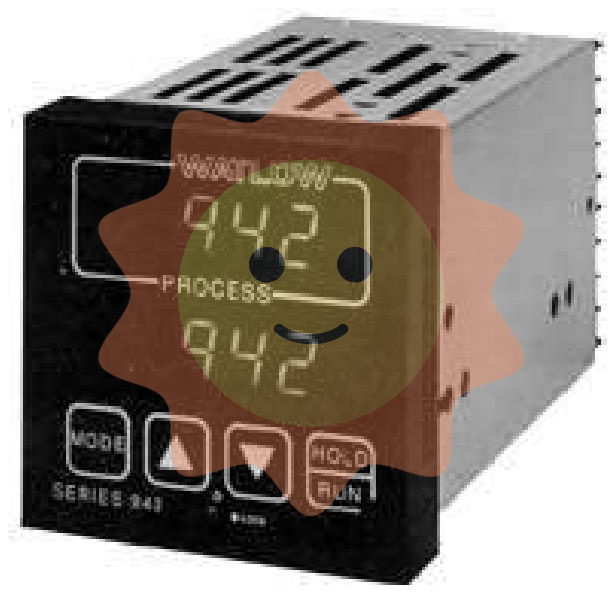GE IC660ELD100A 8 channel 115vac In/Out Electronic Assembly
GE IC660ELD100A 8 channel 115vac In/Out Electronic Assembly
Overview
The GE IC660ELD100A is an 8 - channel, 115VAC input/output electronic assembly. It's a vital component in GE's industrial control and automation systems, designed to handle both input and output signals in a power - distribution and - control context.
Functionality and Features
Input Signal Handling
The module can receive up to 8 input signals. These input signals are typically 115VAC, which is a standard voltage level in many industrial settings. The input channels are designed to handle a variety of input sources such as sensors (like proximity sensors, limit switches, etc.) that operate on this voltage. For example, in a manufacturing plant, it can receive signals from sensors that detect the presence or position of objects on a conveyor belt. The module is equipped with circuitry to condition these input signals, which may involve steps like voltage - level adjustment, filtering out electrical noise, and converting the analog AC input to a digital format suitable for further processing by a control system.
Output Signal Generation
On the output side, it provides 8 channels for generating output signals. These output signals can also be at 115VAC and are used to control a wide range of external devices. Such devices include relays, solenoids, and indicator lights. For instance, it can send an output signal to activate a solenoid - controlled valve in a fluid - handling system or turn on an indicator light to signal a particular condition in the process. The output channels have the necessary current - sourcing and - sinking capabilities to drive the connected devices effectively.
Communication and Interfacing
The IC660ELD100A is likely designed to interface with other components in the GE automation system. It may support communication protocols such as Genius Bus or other GE - specific protocols. This allows it to communicate with Programmable Logic Controllers (PLCs), Human - Machine Interfaces (HMIs), and other I/O modules. Through these communication interfaces, it can send and receive data such as status updates of the input signals, commands for the output signals, and configuration information. This seamless communication enables the module to be integrated into larger and more complex industrial automation architectures.
Safety and Protection Features
To ensure the safety and reliability of the system, the module incorporates various protection mechanisms. It has over - voltage protection on the input channels to safeguard against voltage spikes that could potentially damage the internal circuitry. On the output channels, it may have over - current protection to prevent damage to the module and the connected external devices in case of a short - circuit or an over - loaded load. Additionally, it may have isolation features between the input and output sections to protect against electrical interference and to provide a degree of safety in case of electrical faults.
Technical Specifications
Input Specifications
The input channels have a voltage rating of 115VAC, typically with a tolerance range (e.g., ±10% of the rated voltage). The input impedance of each channel is an important parameter as it affects the loading on the input - signal source. The module can handle a specific frequency range of the AC input, usually the standard industrial - power - supply frequency (e.g., 50Hz or 60Hz). The input channels also have a specified response time, which is the time it takes for the module to detect and process a change in the input signal.
Output Specifications
The output voltage is 115VAC, with a defined output - current capacity for each channel. This current - capacity determines the types of external devices that can be driven. The output channels have a rise - time and fall - time specification, which affects the speed at which the output signal can change state. The module may also have a maximum power - output rating for the entire set of output channels, which is important for sizing the power - supply requirements and ensuring that the module is not over - loaded.
Environmental Specifications
The IC660ELD100A is designed to operate in a range of environmental conditions. It has an operating temperature range, for example, from - 20°C to +60°C, which is suitable for most industrial environments. It also has requirements regarding humidity, vibration tolerance, and electromagnetic - interference (EMI) shielding to ensure reliable operation in the presence of industrial - grade noise and mechanical vibrations.
Applications
Industrial Automation
In factory automation, the GE IC660ELD100A is used to control and monitor the operation of various equipment. It can receive signals from sensors that detect the position of parts, the status of machines, and the progress of the production process. The output signals are used to control actuators such as motors, solenoids, and pneumatic devices to ensure the smooth running of the manufacturing operations. For example, it can be used in an assembly - line setup to control the movement of conveyor belts and the operation of robotic arms.
Process Control in Chemical and Petrochemical Industries
In chemical and petrochemical plants, the module can handle the signals from temperature, pressure, and flow sensors and send control signals to pumps, valves, and other process - control equipment. This helps to maintain the safety and efficiency of the chemical - processing operations. It can also be used to monitor and control the operation of mixing tanks, reactors, and distillation columns.
Building Automation and Facility Management
In building - automation systems, the IC660ELD100A can be used to interface with electrical equipment such as lighting systems, HVAC (Heating, Ventilation, and Air - Conditioning) equipment, and access - control systems. For example, it can receive digital input signals from light switches and occupancy sensors and send digital output signals to control the lighting levels and the operation of HVAC units.

- User name Member Level Quantity Specification Purchase Date
- Satisfaction :
-









Email:wang@kongjiangauto.com

